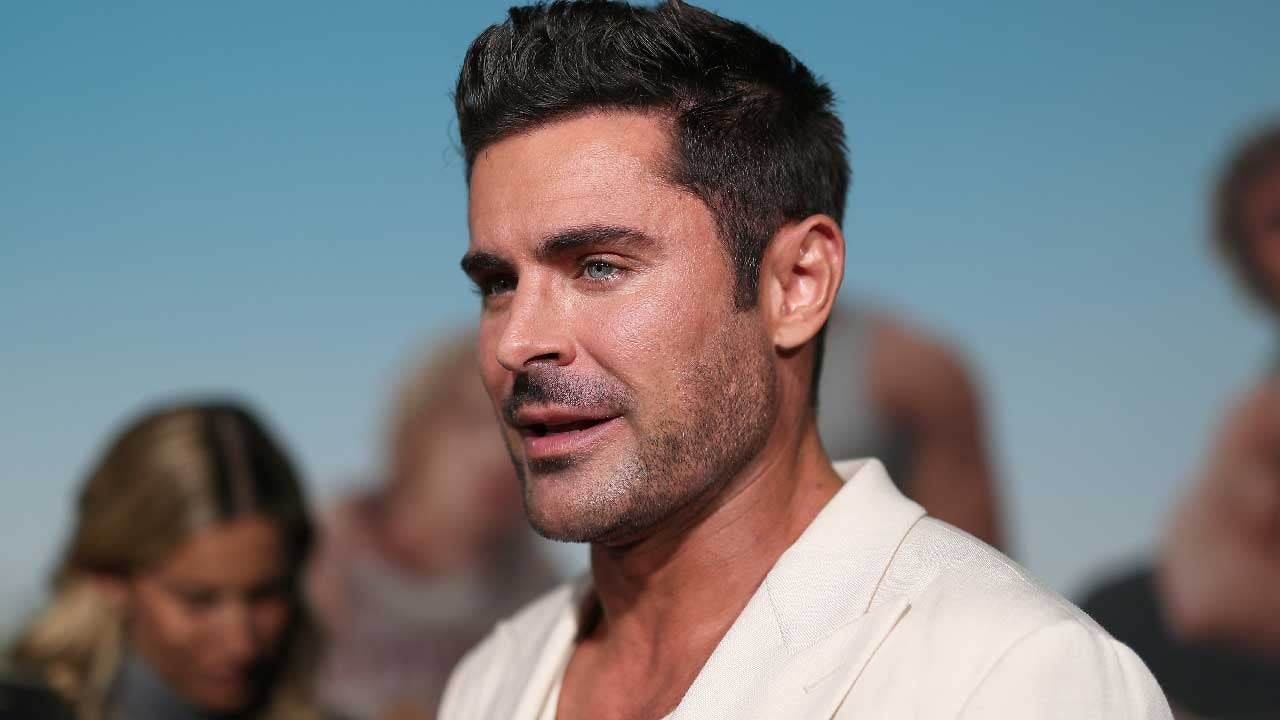[ad_1]
When Facebook bought WhatsApp for $19 billion nearly a decade ago, Mark Zuckerberg made a promise: the Facebook chief said he wouldn’t interfere with the messaging app often so as not to mess with something good.
Mr. Zuckerberg stuck to that philosophy as WhatsApp amassed more than two billion users worldwide — until 2019, when he began tapping into the app’s growth and business potential.
Now WhatsApp has become increasingly important to Meta, the company that owns Facebook, Instagram and other apps. More than half of Americans ages 18 to 35 who own a cell phone have installed WhatsApp, according to the company’s surveys, making it one of Meta’s fastest-growing services in the most mature market. Advertisements on Facebook and Instagram that push users to WhatsApp and sister messaging service Messenger are also growing so fast that they could reach $10 billion in revenue this year, the company said recently.
“If you imagine what the private social platform of the future will be, I think it would basically look like WhatsApp,” Zuckerberg, 39, said in a recent interview.
WhatsApp’s momentum is a reminder that Meta remains, at its core, a company powered by its family of social apps. While Zuckerberg has spent billions of dollars in recent years on his forward-looking vision of the immersive digital world of the metaverse and on artificial intelligence, apps like WhatsApp are driving new users and revenue. That makes it one of the keys to the future of his company, allowing Meta to research expensive, experimental and unproven products.
WhatsApp has also become the backbone of Meta’s business in what Mr Zuckerberg has declared “a year of efficiency”. After global economic uncertainty caused an advertising slump last year, Meta cut nearly a third of its workforce. It remains dependent on its core apps to deliver steady revenue growth and appeal to Wall Street.
In the interview, Mr. Zuckerberg positioned WhatsApp as a “next chapter” for his company. The messaging app could become a cornerstone for business messaging, he said, as well as a primary conversation app.
“Now that everyone has a cell phone and is basically producing content and messages all day long, I think you can do something that’s much better and more intimate than just a feed of all your friends,” he said.
Ten years ago, WhatsApp was a very different app – in terms of design. Jan Koum and Brian Acton, two engineers who had worked together at Yahoo, built WhatsApp as a fast, free, and secure way to exchange messages with friends and family.
Importantly, WhatsApp used a data connection instead of mobile carriers’ text messages, which often cost money. The service also did not store people’s messages on its servers. And it didn’t have the bells and whistles that other apps like iMessage have, allowing it to work quickly and easily even on slow data connections.
WhatsApp took off quickly and within a few years, hundreds of millions of people around the world were downloading it. That caught the attention of Mr. Zuckerberg, who picked up WhatsApp in 2014 after it received overtures from Google and Chinese internet company Tencent, two people familiar with the matter said.
Mr Zuckerberg initially left most decisions about WhatsApp to its founders, who had stayed on after Facebook bought the app. Mr. Koum and Mr. Acton grew angry when talking about monetization and advertising, prioritizing the safety and security of the messaging service. In April 2016, WhatsApp introduced end-to-end encryption, meaning messages cannot be intercepted or viewed by parties outside the conversation.
“It felt like Facebook was keeping WhatsApp in its back pocket for a long time, as a kind of green field monetization opportunity,” said Eric Seufert, an independent mobile analyst who follows Meta. “It’s almost been more valuable to them than this unknown quantity, often saying, ‘Who knows how big the company could be?’”
But by 2019, Mr. Zuckerberg was in favor of gaining more control over his company’s apps, linking them together so they would share data and technology. That led to the departure of WhatsApp’s founders and other employees. Mr. Acton joined a rival company, Signal; Mr. Koum now focuses on philanthropy and buying high-end, air-cooled Porsches. Some former WhatsApp executives later accused Mr. Zuckerberg of breaking promises he made about privacy when he bought the company.
Mr. Zuckerberg has since built WhatsApp into a more fully formed messaging service and company. WhatsApp has added more features ranging from simple emoji reactions and message forwarding to disappearing messages and app support on other devices such as Macs and Windows desktop computers.
For most of its life, WhatsApp was more popular with users outside the United States. But with the new features, more Americans started trying out the app. In the United States, it has grown fastest among young people in Miami, New York, Los Angeles and Seattle, according to the company’s research. A Snapchat-like feature that lets users post temporary text, photo and video updates called Status has become the world’s most used Stories product, according to Meta.
WhatsApp also began offering paid tools and custom apps for businesses that wanted to use the platform to communicate with consumers. Chevrolet, Lenovo, Samsung and L’Oreal now use some of these tools, and WhatsApp has established business and advertising partnerships in Latin America and India with companies like Amazon and Uber.
In 2017, WhatsApp introduced click-to-message ads, an ad format that businesses can purchase to place in a Facebook feed. When users click on the ad on Facebook, they are linked to a brand’s WhatsApp account, where they can talk to customer service representatives or take an action such as booking a flight or purchasing goods. The ads have become Meta’s fastest-growing ad format, the company said.
Nissan has been building chatbots on WhatsApp over the past year that can help the automaker talk to its customers in Brazil and direct them to a local car dealer. Between 30 and 40 percent of Nissan’s new sales leads in Brazil now come through WhatsApp, the car company said, and the service has reduced response times to customers from an average of 30 minutes to a matter of seconds.
“You are not pushy because you are willing to help customers at their own pace,” Mauricio Greco, marketing director of Nissan Brazil, said in an interview. “It’s about giving our salespeople the tools they need because they actually want to sell.”
Nikila Srinivasan, Meta’s vice president of product management, said the company is also building its payments infrastructure and working with companies in India, Brazil and Singapore to allow people to pay for purchases directly in WhatsApp. More than 200 million companies use WhatsApp’s professional business apps, she says.
Still, WhatsApp faces competitors and regulatory hurdles. Its biggest rival is iMessage, Apple’s own messaging app, which comes installed on every iPhone and Mac. It also has to contend with smaller but beloved startups like Signal and Telegram, which is especially popular in Europe.
In Europe, WhatsApp could be forced to integrate with competing messaging services as part of requirements under a new law called the Digital Markets Act, Mr. Seufert said. The company has said it has begun the difficult technical work to ensure WhatsApp users can send messages to competing apps in the region.
Some regulators have also spoken out against encryption, a key feature of WhatsApp and iMessage, saying it makes it harder for authorities to monitor or catch criminals.
Will Cathcart, the head of WhatsApp, has defended WhatsApp’s privacy controls and said he would fight tooth and nail against any country that wanted to weaken its encryption.
A sign of how WhatsApp is evolving is Channels, a feature unveiled in September. Channels allow people to follow status updates from influencers like Bad Bunny, the musician who dropped a WhatsApp reference in his song “Moscow Mule” last year, without revealing their phone number or contact information. WhatsApp now has more than 225 channels, including one for The New York Times, each of which has more than a million followers.
The goal is to make WhatsApp a household name, whether for shopping, chatting or staying up to date on news and events, Cathcart said.
“The conversation has moved from ‘WhatsApp is the app I use outside the US when I travel,’” he said. “It’s becoming significantly more mainstream.”







